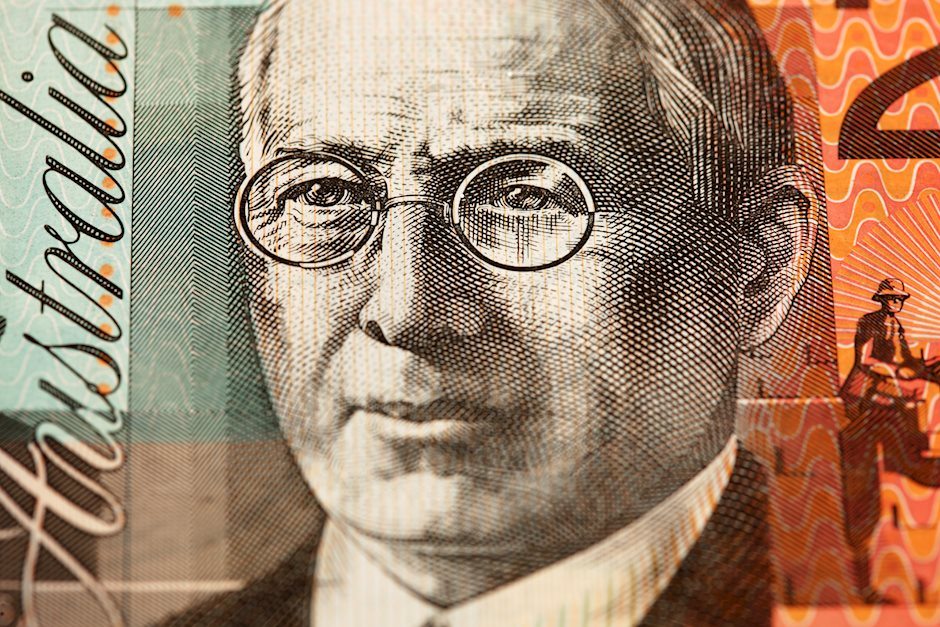AUD/USD consolidates around 0.6200 ahead of US ISM Manufacturing PMI
- AUD/USD trades back and forth around 0.6200 with investors focusing on the US ISM Manufacturing PMI data.
- The Fed has signaled fewer interest rate cuts for this year.
- RBA policymakers need to be confident that inflation will decline as per their expectations before pivoting to interest rate cuts.

The AUD/USD pair trades sideways around 0.6200 in Friday’s North American session. The Aussie pair consolidates as investors await the United States (US) ISM Manufacturing Purchasing Managers’ Index (PMI) data for December, which will be published at 15:00 GMT.
Economists expect the Manufacturing PMI to have remained unchanged at 48.4, suggesting that activities contracted at a steady pace. Signs of weakness in factory activities would boost expectations that the Federal Reserve (Fed) will follow a “slower and cautious” interest rate cut approach this year.
In the latest dot plot, the Fed signaled fewer interest rate cuts this year as policymakers were upbeat over the US economic outlook. For the upcoming policy meeting on January 29, the Fed is expected to leave interest rates unchanged in the range of 4.25%-4.50%, according to the CME FedWatch tool.
Ahead of the US ISM Manufacturing PMI data, the US Dollar (USD) drops slightly. Still, it is close to an over two-year high, with the US Dollar Index (DXY) trading around 109.00.
Meanwhile, the Australian Dollar (AUD) trades sideways as investors await monthly Consumer Price Index (CPI) data for November, which will be released on Wednesday. The monthly CPI is estimated to have grown by 2.3%, faster than the former release of 2.1%. Signs of accelerating price pressures would force the Reserve Bank of Australia (RBA) to delay plans of pivoting to interest rate cuts.
RBA Governor Michele Bullock said on December 10 that the central bank doesn’t need to see inflation returning in the desired range to start reducing its Official Cash Rate (OCR). However, the board needs to be “confident” that price pressures will return to the central bank’s target of 2%.
Australian Dollar FAQs
One of the most significant factors for the Australian Dollar (AUD) is the level of interest rates set by the Reserve Bank of Australia (RBA). Because Australia is a resource-rich country another key driver is the price of its biggest export, Iron Ore. The health of the Chinese economy, its largest trading partner, is a factor, as well as inflation in Australia, its growth rate and Trade Balance. Market sentiment – whether investors are taking on more risky assets (risk-on) or seeking safe-havens (risk-off) – is also a factor, with risk-on positive for AUD.
The Reserve Bank of Australia (RBA) influences the Australian Dollar (AUD) by setting the level of interest rates that Australian banks can lend to each other. This influences the level of interest rates in the economy as a whole. The main goal of the RBA is to maintain a stable inflation rate of 2-3% by adjusting interest rates up or down. Relatively high interest rates compared to other major central banks support the AUD, and the opposite for relatively low. The RBA can also use quantitative easing and tightening to influence credit conditions, with the former AUD-negative and the latter AUD-positive.
China is Australia’s largest trading partner so the health of the Chinese economy is a major influence on the value of the Australian Dollar (AUD). When the Chinese economy is doing well it purchases more raw materials, goods and services from Australia, lifting demand for the AUD, and pushing up its value. The opposite is the case when the Chinese economy is not growing as fast as expected. Positive or negative surprises in Chinese growth data, therefore, often have a direct impact on the Australian Dollar and its pairs.
Iron Ore is Australia’s largest export, accounting for $118 billion a year according to data from 2021, with China as its primary destination. The price of Iron Ore, therefore, can be a driver of the Australian Dollar. Generally, if the price of Iron Ore rises, AUD also goes up, as aggregate demand for the currency increases. The opposite is the case if the price of Iron Ore falls. Higher Iron Ore prices also tend to result in a greater likelihood of a positive Trade Balance for Australia, which is also positive of the AUD.
The Trade Balance, which is the difference between what a country earns from its exports versus what it pays for its imports, is another factor that can influence the value of the Australian Dollar. If Australia produces highly sought after exports, then its currency will gain in value purely from the surplus demand created from foreign buyers seeking to purchase its exports versus what it spends to purchase imports. Therefore, a positive net Trade Balance strengthens the AUD, with the opposite effect if the Trade Balance is negative.
Author

Sagar Dua
FXStreet
Sagar Dua is associated with the financial markets from his college days. Along with pursuing post-graduation in Commerce in 2014, he started his markets training with chart analysis.
















